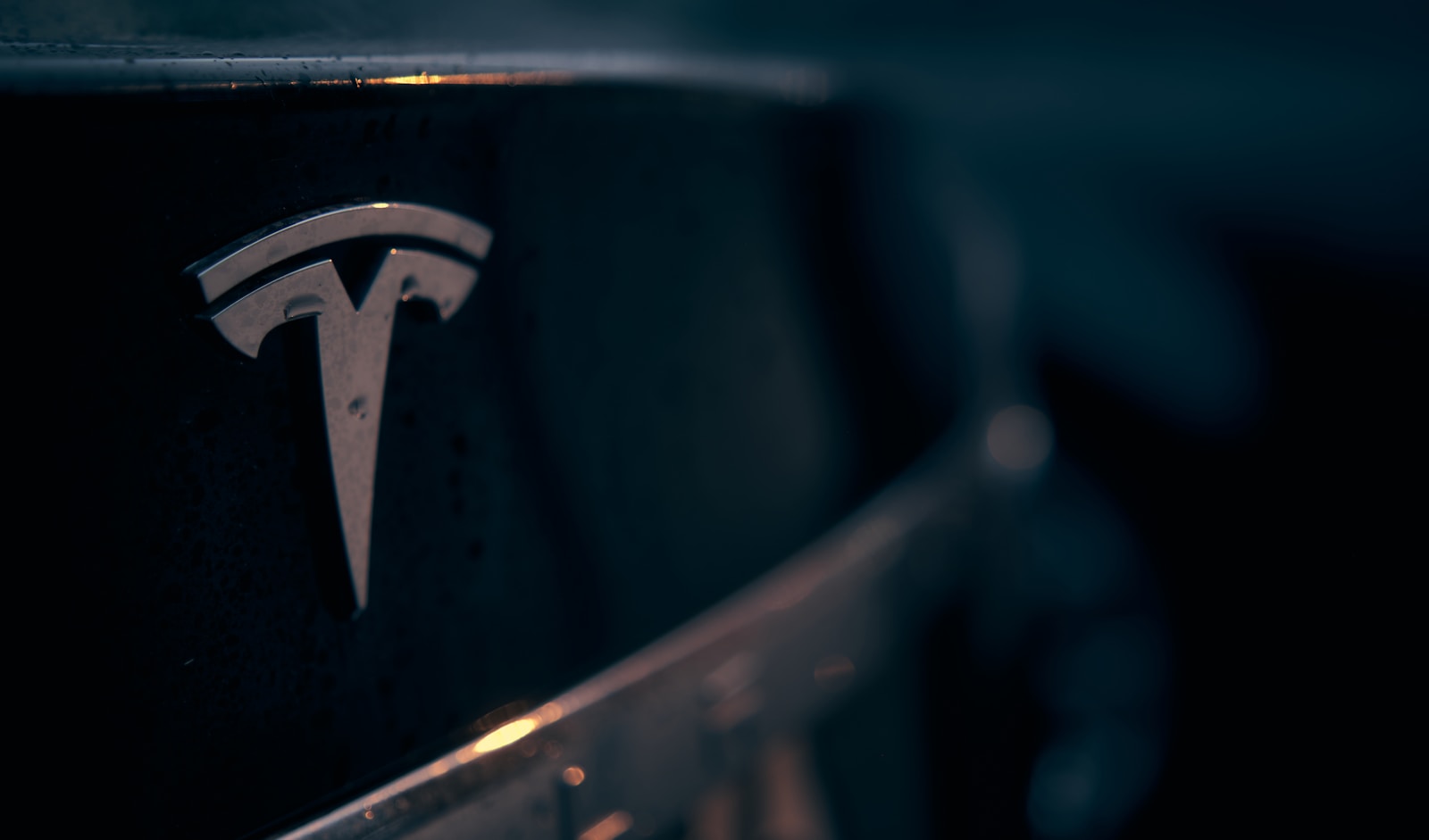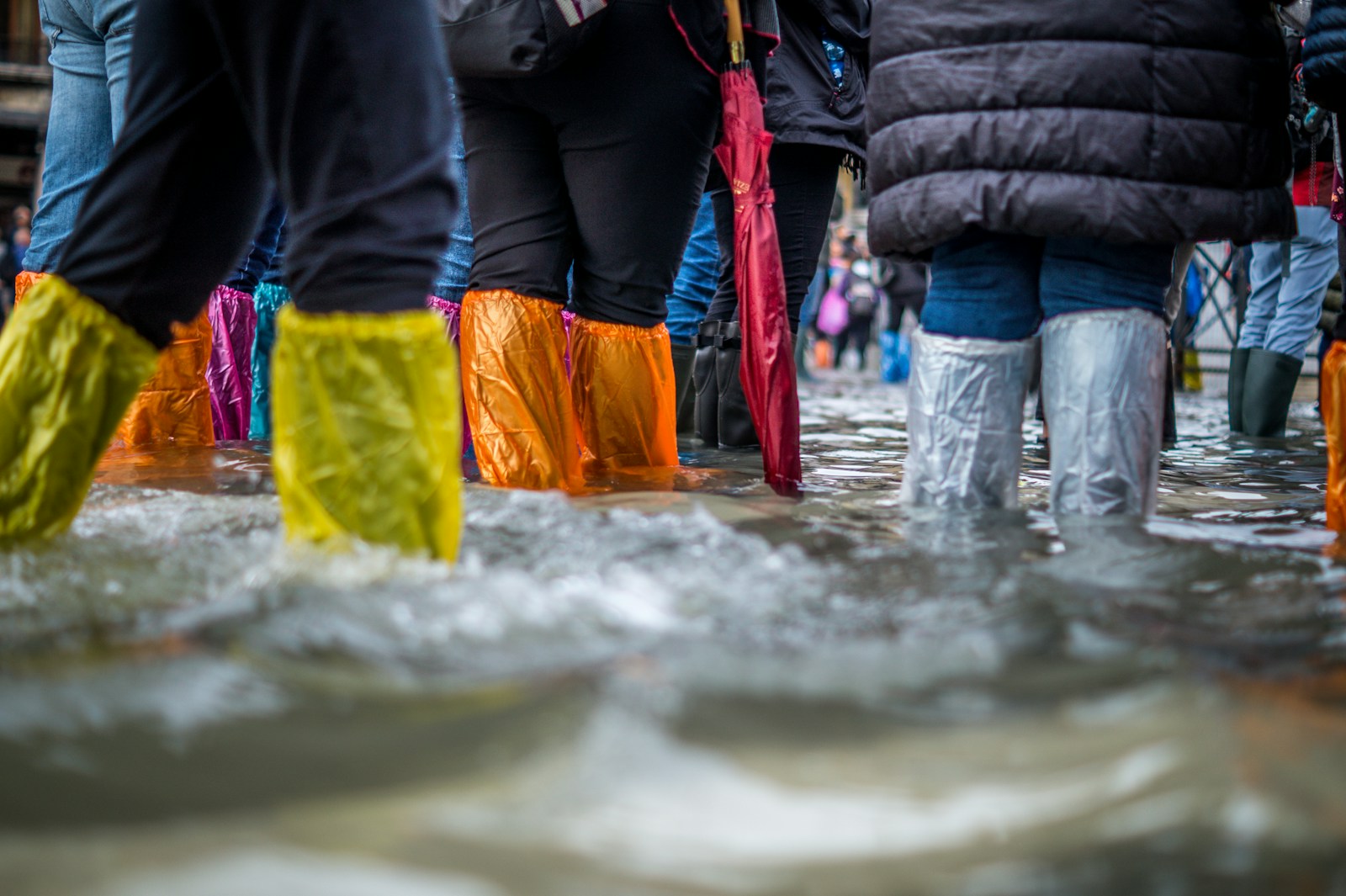Table of Contents
ToggleIntroduction:
This disaster, Hurricane Milton which has heavily hit Florida makes a discussion on climate change and its solutions more crucial now than ever. The impact we have on our environment by the things we do day by day such as transport is not a secret anymore. However, the disclosure by Tesla of a new product, the Cybercab robotaxi, means attention has turned to the possible impact of such a product on the environment. However, can a two-seater robotaxi contribute to reducing the effects of climate change?
While some have described Tesla’s latest robotaxi design as mystifying, the firm seeks to transform urban mobility. Thus, this paper goes beyond the utility and desirability of electric vehicles, the skepticism towards which Elon Musk assures to build cars for lower costs and more ecological solutions, to investigate the environmental implications of such innovations. In this article, we will discuss implications of deploying robotaxis like Cybercab for a cleaner transport system and the issues to be solved.
Robotaxis and The Shift To New Generation of Public Transport Systems
Tesla’s Cybercab robotaxi has attracted frenzy and confusion with regard to the vehicle since it was launched. As a slim and twine convertible electric car it stands in stark contrast to the traditional concept of a comfortable taxi. However, investors may have good reasons for fearing that robotaxis may still be used to complement efforts aimed at minimizing the polluting effect of transport in cities.
Robotaxis are 100% electric thus removing the need to use fossil fuel within the city environment. Transportation being one of the major sources of carbon emissions, transport by EVs and even those that will use green energy will go a long way in reducing emissions. In the urban areas where the popular ride-sharing services are in operation a switch from the regular taxi that uses gasoline to the electric robotaxis may go a long way in reducing the rates of air pollution.
Environmental Advantages of the use of Electric powered Vehicles
Governmental transition from conventional vehicles to Electric Vehicles (EVs) presents numerous benefits in terms of the environment where cutting down the emission of greenhouses gases is the most outstanding benefit. The ordinary internal combustion engine cars are the leading producers of CO2 emission, a famous factor causing global warming. On the other hand, electric vehicles such as the Cybercab gives out no tailpipe emission hence eliminates hazardous gases such as NOx and Particulate Matter that are allergens of respiratory diseases and environmental pollution.
Besides, as the world shifts to renewable power sources such as wind and solar energy in the distribution of electrical energy the prospects of EVs are going to be even better. When run completely on electricity generated from renewable sources of energy, the robotaxi fleet is estimated to enable cities to attain their set carbon neutrality much earlier.
Towards Reducing Congestion with Self-Driving Car Swarms
A major driver that automotive manufacturers consider when positioning autonomous robotaxis is traffic flow in the urban environment. The fact that the relevant vehicles are connected by a network means that they can interact with one another in a way that is helpful with alleviating congestion and the constant stalling that is characteristic of cars driven by people. The efficient flow of traffic reduces the traditional total emissions in a given environment due to smooth traffic.
In the congested city that people spend several hours stuck in traffic jams resulting to high emission of greenhouse gases, robotaxis will reduce on the effects on the environment. Another benefit is that the information gathered by autonomous cars can be used to improve routes suggesting shorter and hence less energy consuming travel paths.
Difficulties Tesla’s Cybercab is likely to Encounter
Of course, robotaxis have great potential for the environment, but Tesla’s Cybercab has its problems. Among the most particular shortcomings of the vehicle is its constrained carrying capacity. The car, being only a two-seater, is fashioned more for individual or couple users – this makes one to wonder of how effective it would be in a family function, or the often raining, group trips, airport drop offs among others.
The transportation scientists opine that the robotaxis should learn from actual taxis, which are designed with adequate space and utility. According to Jonathan Elfalan from Edmunds.com, “When you sit in a cab and the result is something that is going to take more than two people.” The Cybercab design maybe has a drawback in that it is unlikely to penetrate the market widely, which will lower its general impact within the environment in case the potential buyers will be interested only in this kind of cars.
Furthermore, Tesla’s desire to bring operational cost down to $0.20 per mile while accurate is not clear on when they will be able to ramp up production, obtain regulatory approvals, and deal with rivals like Waymo?
Solutions for a Greener Future: Scaling Sustainable Robotaxis
Based on all of the above, scalable solutions must remain a priority in pursuit of the environmental goal because innovation is inconsiderate of the car structure as developed by Tesla. That is why Musk’s hinted-at robovan, or larger, more versatile self-driving cars in general, could type of fulfill a far more extensive variety of passengers to get electric taxis to change public transportation.
Here are some solutions that can enhance the environmental impact of robotaxis like the Cybercab:
- Diversify Fleet Offerings
As the Cybercab may be appealing to business people, or anyone only making short trips, Tesla, should also develop larger self-driving vehicles like multi-passenger carriers or shuttles. This was to improve the chances of displacing ordinary taxis and buses, which are known to enhance pollution within urban centers. - Prioritize Renewable Energy Charging
The advancement in renewable energy charging has brought great success in the few areas they were charging, therefore those areas should be given the priority. It is only productive if the energy sources that will be used to power these robotaxis are derived from renewable sources. Such charging stations should also be solar powered so that firms such as Tesla could ensure that the impact on the environment by the cars is also kept to the lowest level possible. There is also the option for governments together with private entities to establish bigger solar fields and wind mills for the support of an EV fleet. - Compose stellar relations with all the public transit systems
Similarly, instead of perceiving robotaxis as substitutes for mass transit organizations could incorporate self-driving car capable fleets into existing transit systems. Robotaxis can be used as “first or last mile transportation solution”, which means they can supplement trains, buses, and subways – this would allow cities to achieve greater CO2 reduction. This integration of public and private means of transport could revolutionize the means of transport people use while minimizing on polluting impact. - Promote the Recycle and Environmental Friendly Products
While the mass production of millions of electric cars has its own environmental issues as we speak, including battery manufacturing and disposal. Tesla and other EV stakeholders should look for ways to be environmentally mindful in production by coming up with environmentally conscious battery recycling programs and choosing environmentally friendly materials for use in EV production. It would also help to dispel doubt as to the further viability of robotaxi fleets as means of transportation.
Conclusion
Tesla’s Cybercab robotaxi is a leap forward towards the creation of an environmentally friendly urban mobility solution, although today this is implemented in an unconventional manner. However, the key issues regarding the environmental advantage of robotaxis are still present: namely, the relatively small passenger-carrying capacity and the lack of developed market demand. Through the adoption of electric vehicle technology, efficient connected traffic systems, personal robotic vehicles could facilitate the reduction of urban carbon emissions towards a greener-efficient smart city`s vision.
It is for this reason as we continue to experience climate change impacts like that of Hurricane Milton, that such radical societal inventions like the Cybercab can help in shaping the new sustainable city. Yet for robotaxis to become the magic of transportation, the autonomous vehicles have to target a wider clientele while also operating in wisely designed eco-friendly environments.
If you are interested in other ways how to be environmentally friendly, check what is new in our blog.







